MORE GREAT TITLES FROM
CONWAY

 www.conwaypublishing.com
www.conwaypublishing.com
 www.facebook.com/pages/Conway-Publishing
www.facebook.com/pages/Conway-Publishing
 www.anovabooks.com
www.anovabooks.com


A Conway book
Brian Lavery, 2007, 2008
First published in hardback in Great Britain
in 2007 by Conway,
an imprint of Anova Books,
10 Southcombe Street,
London W14 0RA
www.anovabooks.com
www.conwaymaritime.com
First Ebook publication 2012
Ebook ISBN: 978 1 84486 1958
All rights reserved. No part of this publication may be reproduced, stored in a retrieval system, or transmitted in any form or by any means electronic, mechanical, photocopying, recording or otherwise, without the prior written permission of the copyright owner.
Brian Lavery has asserted his moral right to be identified as the author of this work.
British Library Cataloguing in Publication Data:
A catalogue record for this book is available from the British Library
Paperback ISBN: 978 1 84486 086 9
Editing, design and map illustrations by DAG Publications Ltd
The contents page, websites, index and all page references have been hyperlinked throughout this title
www.anovabooks.com
www.conwaypublishing.com
Acknowledgements
T his book originated with a newspaper enquiry about the dangers of Churchills voyages, and developed from a short lecture I delivered in 2001. I was relatively familiar with the maritime sources involved, and this was helped by a stay on board the Queen Mary in Long Beach in 2002, and by searches among the plans collection of the National Maritime Museum, helped particularly by Jeremy Michell. I must also thank other former colleagues at the National Maritime Museum, including Roger Knight, Nigel Rigby and Simon Stephens. Over the years I have benefited from discussions with many maritime historians, including Eric Grove and Jock Gardiner, not to mention the late, lamented David Lyon and David Syrett.
Although I have worked as a maritime historian for the last thirty years or so, I had an early interest in aviation which I have drawn on for this book. Retrospectively I must thank the officers of the Air Training Corps and the pages of Flight magazine for a long-term background in the subject. It has been fascinating to re-discover this world, aided particularly by the staff of the British Airways Archive at Heathrow. Most of the sources come from the National Archives and Churchill College Cambridge, and thanks are due to the staffs of both organisations, as well as the London Library. The Imperial War Museum was particularly helpful in finding illustrations. John Lee of Anova Books and David Gibbons and Anthony A. Evans of DAG Publications edited the text and corrected some of my elementary mistakes.
Introduction
W inston Churchills voyages to meet Roosevelt, Stalin and other leaders were carried out at the height of the Second World War in circumstances of great discomfort and danger. No life was more valuable than his, as he represented his countrys will to resist the Nazis. Long-distance air travel had only just become practicable, but there were risks in take-off and landing and in flying too high, as well as being shot down by the enemy. Sea travel also had its dangers, as U-boats infested the Atlantic and bombers attacked shipping in the Mediterranean. Like most of the British effort in the Second World War, Churchills voyages were under-prepared and improvised, and used a good deal of American technology. Their story begins with a relatively simple trip to meet Roosevelt in a battleship in 1941, through hazardous flights across enemy-occupied North Africa, to the highly organised and fateful conferences at Yalta and Potsdam in 1945.
This book tells the story of Churchills long-distance voyages, outside Western Europe. They are seen through many different eyes of Churchill himself, his ministers and the senior army, navy and air force officers who went with him: his secretaries and typists, the officers and crews of the ships who transported him, the pilots, navigators and engineers of his aircraft, and the women coders who handled his signals. It tells of the interaction between Churchill and his staff, and describes the development of a community amongst his regular travelling companions like all communities it changed from time to time, and had many differences and divisions within it. It also emphasises the increasing acceptance of women as part of the travelling party, in ever-greater danger and in positions of responsibility.
Churchill also made many shorter voyages, within the United Kingdom and Europe, which form a separate story. Apart from his trips in an unsuccessful attempt to bolster up the French will to fight in the spring of 1940, they were usually to observe the situation on the ground and maintain the morale of troops and workers, rather than achieve diplomatic objectives. Even within the United Kingdom they were not without their risks, and no one was entirely safe from bombing during the war. His European trips were much more dangerous, perhaps even more so than those to more distant destinations. He flew to France several times when that country was on the verge of collapse, and much of its airspace was dominated by the enemy; and he visited the troops in Normandy soon after D-day, and came close to the front line as the armies advanced into Germany.
For Churchill always craved excitement and danger. He was always proud of having come under fire on his 21st birthday. He wrote frankly to his mother: Bullets are not worth considering. Besides I am so conceited that I do not think the Gods would create so potent a being for so prosaic an ending.
One might take a Freudian view that Churchills neglect by both his parents, their habit of travelling without him and leaving him behind with his nurse or sending him to boarding school, gave him an early desire for travel he later wrote approvingly that famous men are usually the product of an unhappy childhood. But in the early stages he craved affection far more than travel, and he resented, for example, being sent away to learn French at the age of 16. He campaigned against going How frightfully dull it would be and he hated the journey Fatigue, the passage, the strange food, the cold, home sickness, the thoughts of what was behind & what was before
His fathers early death perhaps made him aware that life was short and had to be lived to the full. He developed a low boredom threshold and loved taking risks but the Victorian army did little to satisfy these needs. He soon found that military life was 99 per cent routine with only the occasional thrill of action. He decided that politics would be closer to his talents, but in the meantime he furthered a career as a war correspondent, always moving towards the scene of action but still in control of his destiny. Even so, his first sea trip across the Atlantic was not a success. I do not ever contemplate taking a sea voyage for pleasure, he wrote to his mother, and I shall always look upon journeys by sea as necessary evils which have to be undergone in the carrying out of any definite plan. he was that desperate fellow who was prepared to travel anywhere in wartime at great personal risk. His doctor Lord Moran thought that he used travel as an escape from the pressures of office.

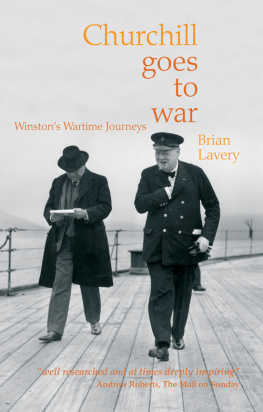
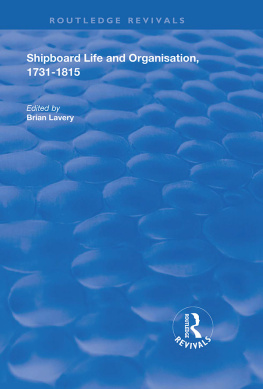
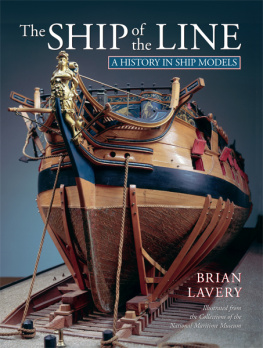

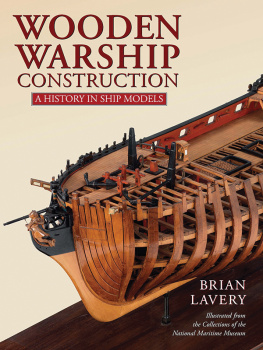
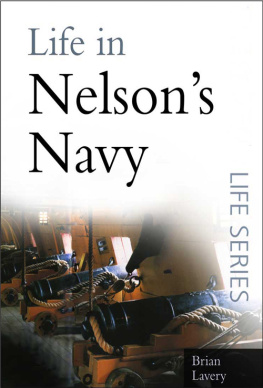
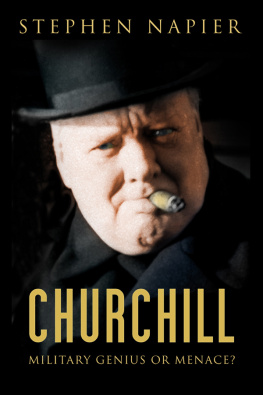
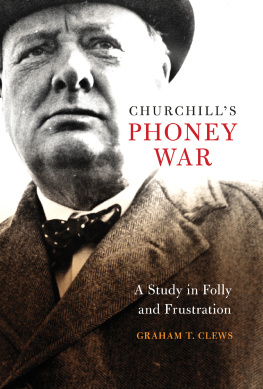
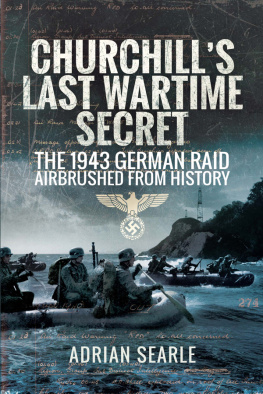

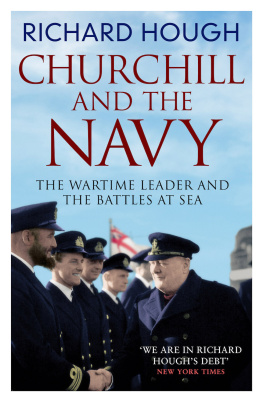
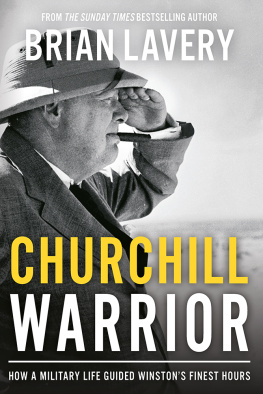
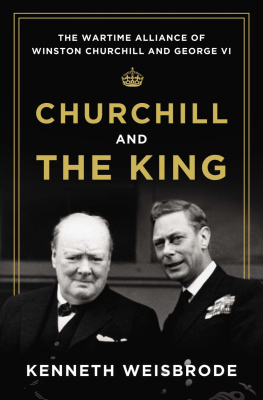


 www.conwaypublishing.com
www.conwaypublishing.com www.facebook.com/pages/Conway-Publishing
www.facebook.com/pages/Conway-Publishing www.anovabooks.com
www.anovabooks.com
